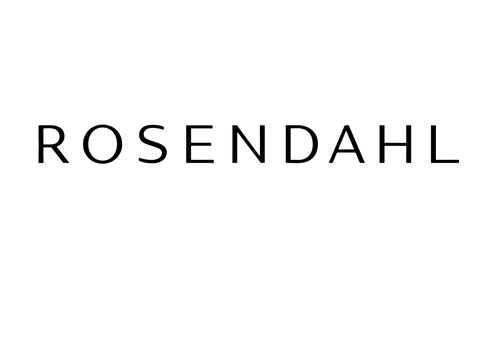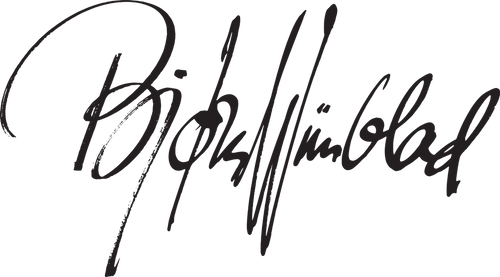HOW THE KAY BOJESEN MONKEY IS PRODUCED
HOW THE KAY BOJESEN MONKEY IS PRODUCED
Discover Birdie's Fresh Air Monitors for an Improved Indoor Climate!
Due to the holiday season, order processing and shipping times may be slightly extended. Thank you for your understanding.
You will receive your voucher on e-mail.

HOW THE KAY BOJESEN MONKEY IS PRODUCED
1951 is the year when the smiling monkey first sees the light of day, and the popular monkey has gained iconic status in Danish design. The monkey is living proof of Kay Bojesen’s conviction that the lines of a product should “smile”.
The story goes that Kay Bojesen wanted to design a coat rack for a children's furniture exhibition, and the idea behind the monkey was that the long arms would bring the coat hook down to child’s height, and the short legs would make room for a hat and scarf.
Working with beloved design classics, we elevate a design heritage that requires integrity all the way around the product. This means that we have a strong focus on using sustainable wood in our monkey production. Monkey is made from plantation teak. This type of teak is a sustainable alternative to natural teak. This ensures responsible harvesting and better living conditions for the local people living near the plantations all over the world.

Freshly-cut plantation teak varies from waxy yellow to light grey-green; sometimes also speckled with dark spots and stripes. Our supplier is extremely focused on putting together the different color variations as evenly as possible.
A special attempt is made to match the arms and legs with the monkey’s body color, while the head will often appear darker than the rest of the monkey. As we have chosen to work with plantation teak, color variations are unavoidable, and they are therefore not regarded as a parameter for quality. These color variations are a result of the choices we have made regarding sustainability and integrity in our production of Kay Bojesen Monkey.
On the other hand, wood quality requirements dictate that the surface must always be free of any splinters, marks and cracks, and only healthy knots are acceptable. There must never be any visible glue residue.
The limba wood we use for the monkey is imported from Africa and complies with the European Union Timber Regulation (EUTR) as a guarantee of lawfully harvested timber in the country of origin.
Over time, exposure to the light and air may change the subtle shades of the teak to a more consistent, warm golden brown tone. However, each Kay Bojesen Monkey will still retain his very own unique personality.

A classic and dear friend
The Kay Bojesen Monkey is a classic and a dear friend who will remain by our side through each stage of our lives – from the childrens’ bedroom to becoming a beloved design icon in the home. The first Monkey was born in 1951 and is still produced in the same way today as it was then. Each figure has been created by hand and crafted at a Danish wood-turning mill.













